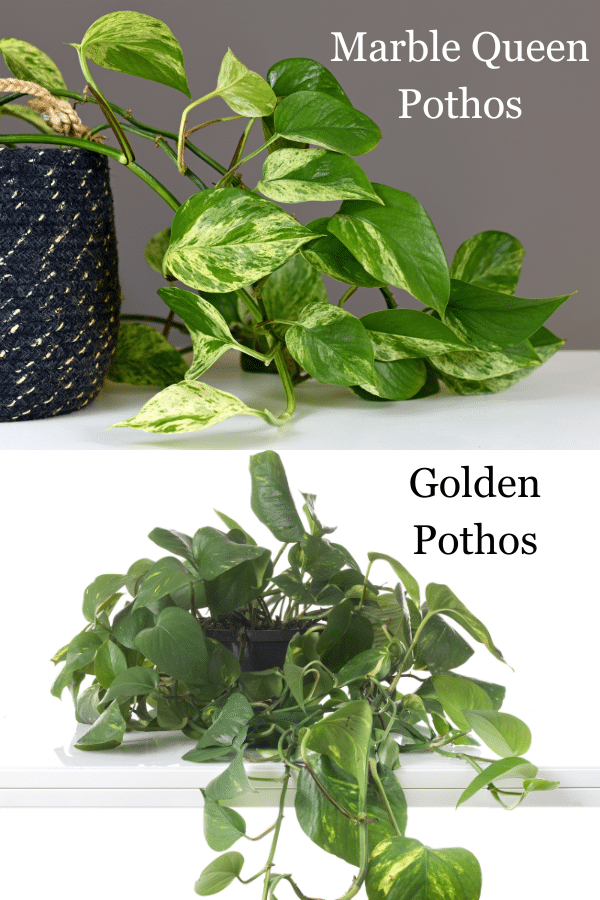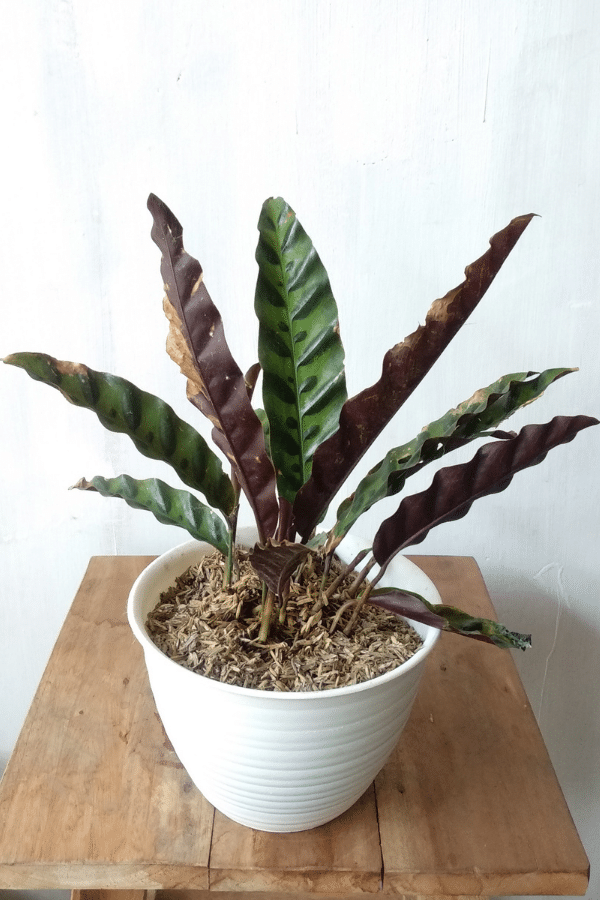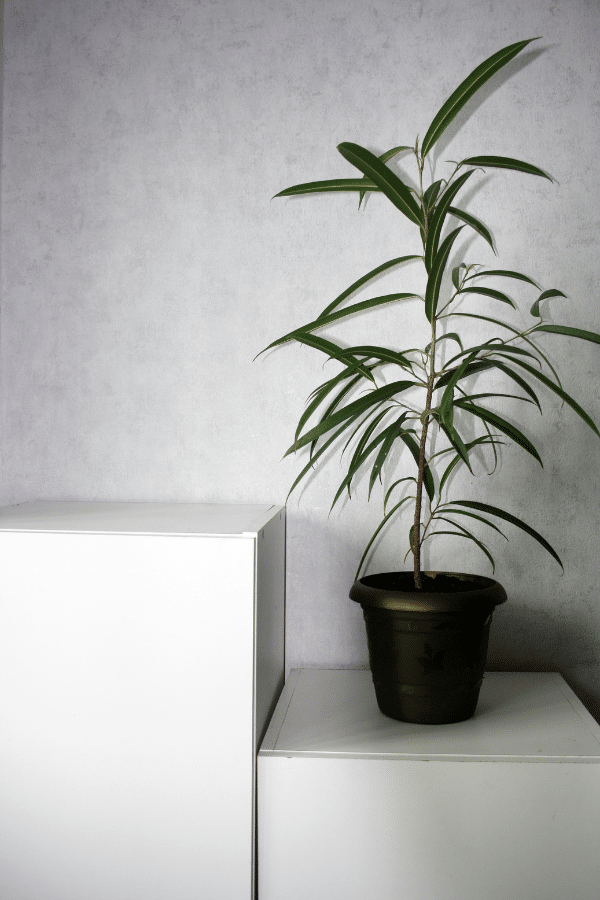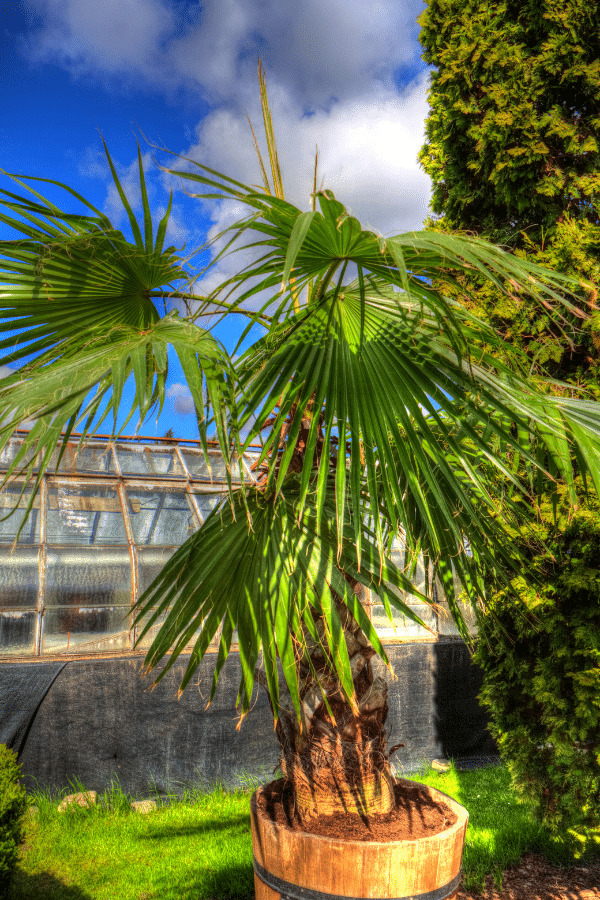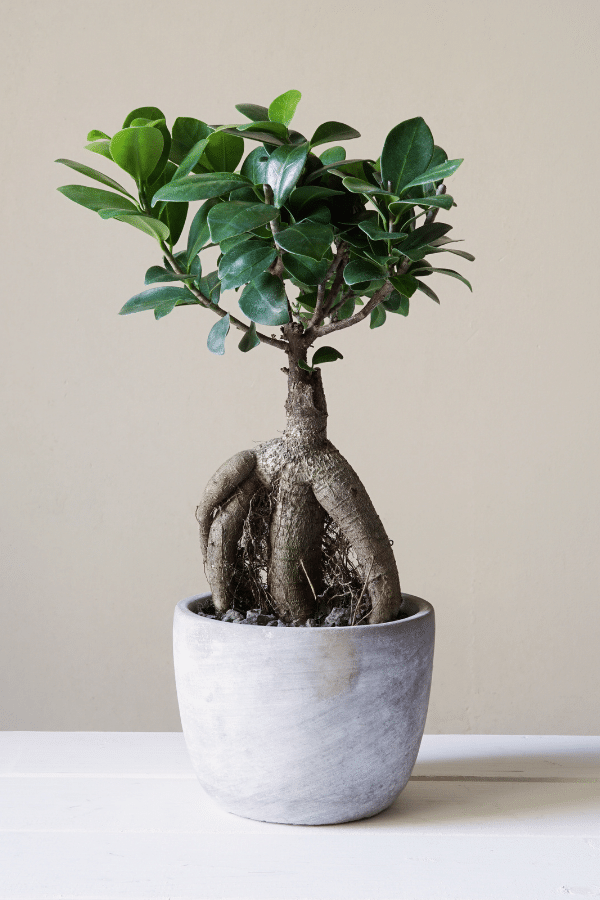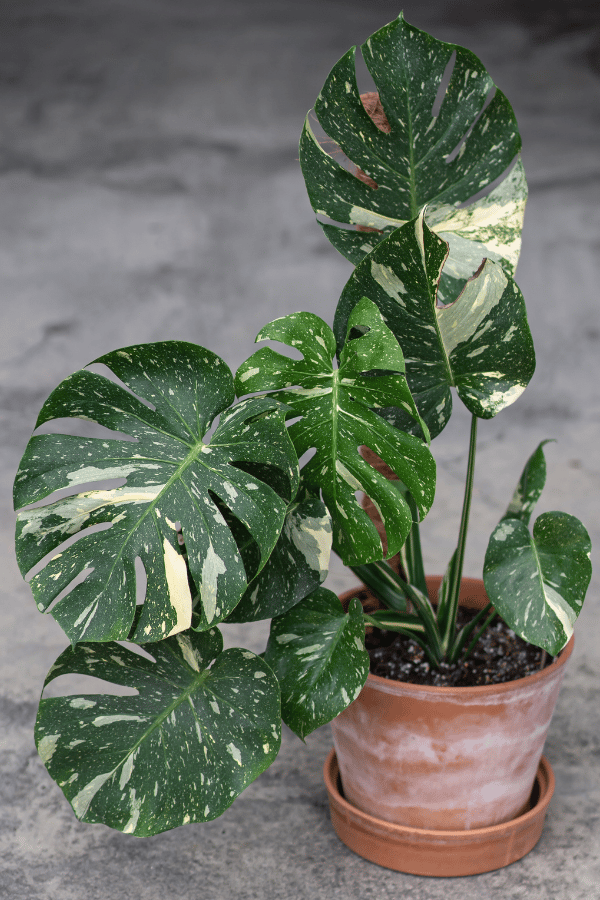Polka Dot Begonia Maculata
Scientific Name: Begonia Maculata
Common Name: Polka Dot Begonia, Spotted Begonia
Polka Dot Begonia has gorgeous and attractive polka dot leaves, making it a very eye catching houseplant. Polka Dot Begonia Maculata care is relatively easy as it’s a low-maintenance houseplant. This plant likes specific environmental conditions, but can survive a multitude of varieties of conditions. Before bringing home a Polka Dot Begonia, be sure to know how to give it the best care.
Quick Care Overview
| Common Name | Polka Dot Begonia, Spotted Begonia |
| Scientific Name | Begonia Maculata |
| Family | Begoniaceae |
| Origin | Brazil, South America |
| Identification | Vibrant green leaves with silver stripes |
| Height | 5 to 10 feet tall |
| Soil | Standard potting soil + perlite |
| Water | Keep relatively moist |
| Temperature | 65-85F |
| Sunlight | Bright, indirect sunlight |
| Toxic to Cats & Dogs | Yes |
| Toxic to Humans | Yes |
| Pests | Aphids, blackflies, mealybugs, scale, spider mites, thrips |
| Diseases | Root rot, leaf spot, gray mold, anthracnose, rust, powdery mildew, southern blight |
Below we will dive deep into how to care for Polka Dot Begonia Maculata.
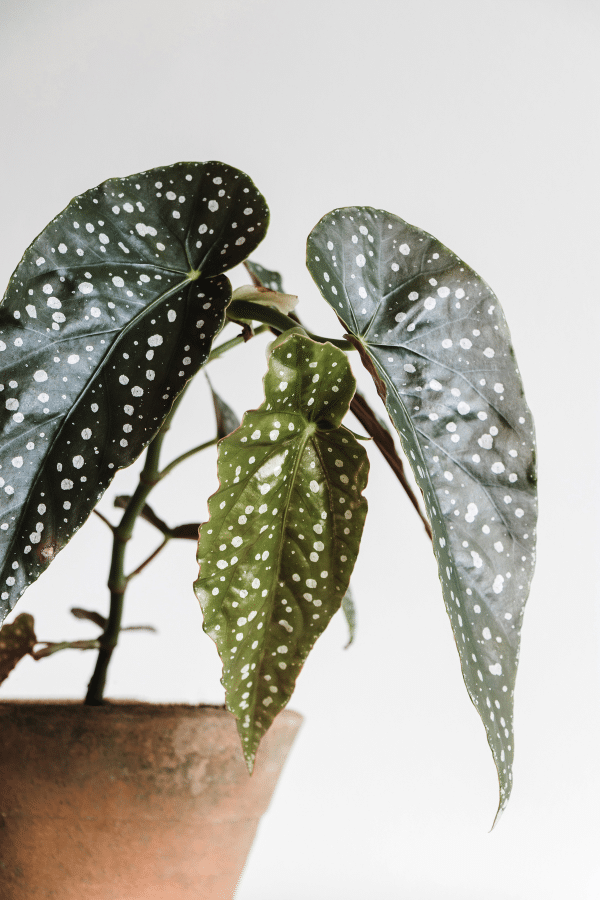
Polka Dot Begonia Maculata History
Native to Brazil and South America, the Polka Dot Begonia, otherwise known as Begonia Maculata, Trout Begonia, Clown Begonia, or Spotted Begonia is a fun and dramatic houseplant that is sure to leave an impression. Its common name comes from its variegation – presenting with silvery-white spots amongst olive-green, wing-shaped leaves with rusty burgundy undersides. Containing air-purifying properties and a magical appearance, this unique plant can brighten up a wide array of spaces.
Polka Dot Begonia Maculata Identification
The Polka Dot Begonia has narrow, arrowhead-shaped leaves that are bestowed with bright white uniform spots. With proper Begonia Maculata care, the plant can intermittently go into bloom revealing clusters of small white flowers.
Polka Dot Begonia Maculata Growth Facts
With time, when grown as a houseplant with sufficient light and care, the Polka Dot Begonia will grow to become quite large.
How Big Does a Polka Dot Begonia Maculata Get?
Begonia Maculata will grow up to 5 feet tall as a houseplant, but in its natural environment can reach as tall as 10 feet tall.
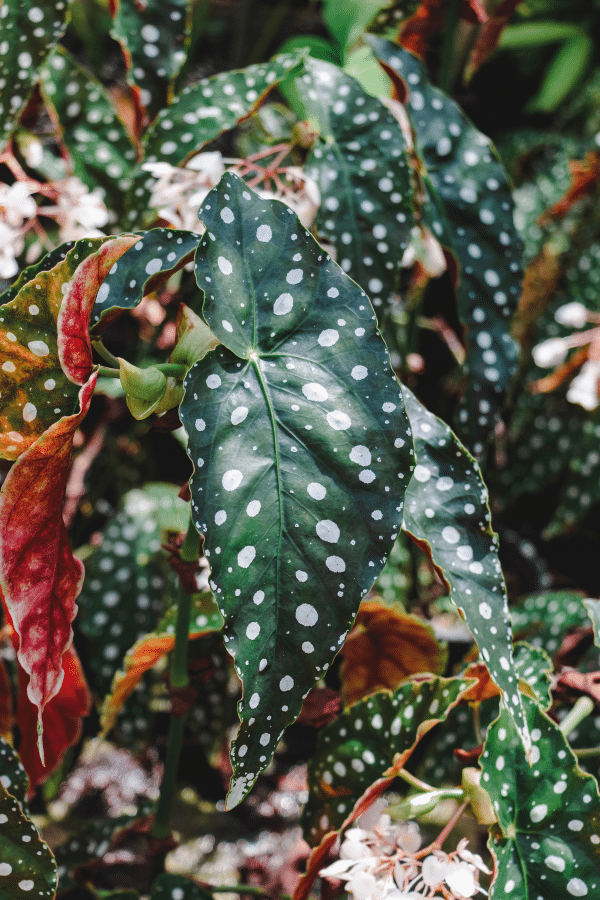
Polka Dot Begonia Maculata Care
Polka Dot Begonia Maculata is an easy plant to care for. Aesthetically pleasing, the Polka Dot Begonia is a favorite amongst beginning gardeners and expert plant owners alike.
Searching for a new houseplant?
Take our houseplant quiz to see what your next plant should be based on the room it’s in, the specific lighting the room receives, if you want it on the floor or on the table, and much more!
Best Soil for Polka Dot Begonia Maculata
The Polka Dot Begonia prefers well-aerated soil with ample drainage that is typically beyond the drainage capacities of standard potting soil. To give your Polka Dot Begonia an appropriate growing medium, simply begin with a standard potting mix and incorporate a few handfuls of perlite and/or wood chips and mix until thoroughly combined.
Polka Dot Begonia Maculata Fertilizer
Begonia Maculata will enjoy a regular monthly feeding in the warmer growing months. A general-purpose liquid fertilizer indicated for houseplant usage on the label will work just fine. Be careful not to over apply, as this may lead to chemical burn or leaf discoloration. Do not fertilize in the winter months during dormancy.
Polka Dot Begonia Maculata Watering
Compared to other houseplants, the Polka Dot Begonia prefers to remain relatively wet and should never be subjected to drought. During growing months, you should be watering Begonia Maculata weekly at a minimum. However, keep in mind that overwatering may cause issues such as root rot. Investing in a moisture meter or terracotta pottery that aids in the release of excess moisture may help to alleviate overwatering concerns.
Polka Dot Begonia Maculata Light Requirements
Polka Dot Begonia plants love bright indirect or otherwise dappled sunlight. However, too much direct sunlight can easily cause leaf burn and spot fading. Without proper sunlight, Begonia Maculata will grow tall and spindly, and will not produce flowers. In order to keep their stunning foliage, give it the correct amount of bright indirect light.
Polka Dot Begonia Maculata Temperature & Humidity
In terms of temperature, Polka Dot Begonias are not overly fussy and will be happy to be kept at room temperature year-round. They like to be kept between 65-85 degrees fahrenheit, although they can endure higher temperatures. Be sure to keep them away from drafty windows, air vents, and heaters. To adequately care for a begonia, a minimum of 45% humidity must be kept, but more is preferable. Misting the leaves directly can be damaging. Instead, opt to keep the Polka Dot Begonia in a bathroom with natural sunlight or utilize a pebble tray or humidifier to keep the humidity levels optimal and provide the best Begonia Maculata care.
Repotting Polka Dot Begonia Maculata
The Begonia Maculata plant prefers to remain slightly root-bound, and accordingly, will tolerate smaller pots than other houseplants of comparable size. When deciding to repot, do not choose an oversized pot as this will cause the Begonia to expend too much energy on their root system causing other problems. To repot, simply choose a container that is one to two inches larger in diameter with drainage holes, loosen the Begonias root ball, gently place inside the new container, add a fresh well-aerated growing medium, lightly tamp down, and water thoroughly. Repot in spring or summer.
Polka Dot Begonia Maculata Maintenance & Pruning
Pruning of the Polka Dot Begonia generally isn’t required. However, to promote a bushier appearance, encourage new growth, or maintain height, simply pinch back stems and shape in either fall or winter.
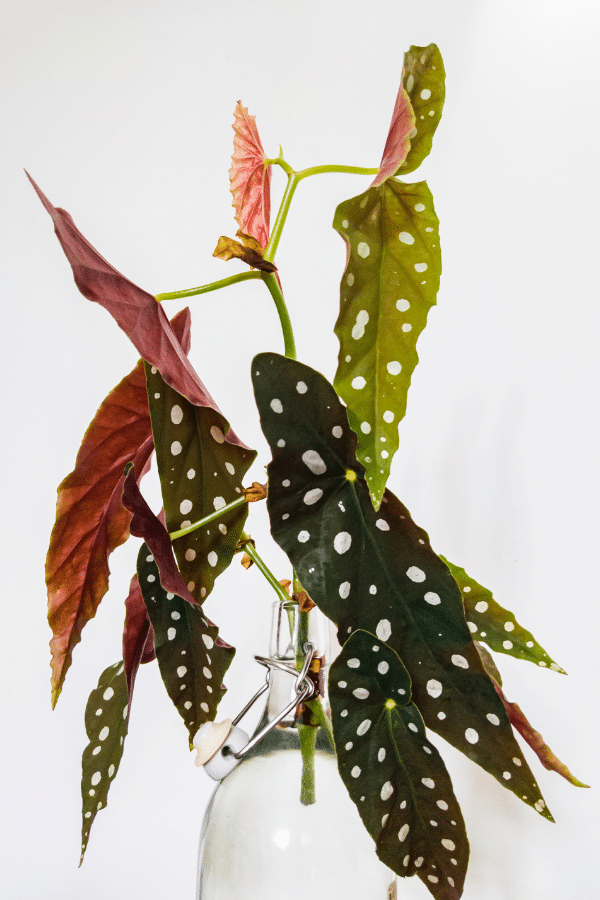
Propagating Polka Dot Begonia Maculata
Propagation of the Polka Dot Begonia is very simple. To propagate, cut one of its stalks below the bud with shears, ensuring there is a stem node attached. Place the cutting into a jar of water. Within a few weeks, roots should appear indicating that you may now pot your cutting into a fresh, well-aerated growing medium. Alternatively, you may place the cutting directly into soil. New roots should appear within two months. If placing directly into soil, be sure to water it thoroughly.
Polka Dot Begonia Maculata Toxicity
The Polka Dot Begonia is considered toxic to humans, cats, and dogs. Keep out of reach of children and pets and do not ingest this plant.
Toxicity to Humans
Polka Dot Begonia is toxic and is harmful to humans if ingested. Care should be given to avoid ingestion, as stomach irritation and vomiting may occur. Wash hands after handling the plant as the sap can be irritating.
Toxicity to Cats & Dogs
Begonia Maculata is toxic to pets and should not be ingested.
Polka Dot Begonia Maculata Problems
Polka Dot Begonia Maculata Leaves Turning Yellow
Yellowing of leaves is often a common indicator of overwatering that may lead to root rot. Be sure to ensure that your plant is not sitting in water. However, if after monitoring watering levels, you observe a loss of color in the leaves followed by yellowing and leaf drop, try moving your plant into more sun.
Polka Dot Begonia Maculata Leaves Turning Brown
It is common, if not kept under adequate humidity, for the leaves of the Polka Dot Begonia to become dark brown and crispy around the edges. Brown or black leaf tips are an indicator that your Begonia Maculata has become too dry and may need an increase in watering frequency and/or humidity. Alternatively, crispy, brown spots on the leaves can indicate that the plant is getting too much sun.
Polka Dot Begonia Maculata Diseases
Many diseases affecting the Polka Dot Begonia may be prevented with adequate air circulation and ensuring that the container’s topsoil has become dry before rewatering. Begonia Maculata may be affected by root rot, anthracnose, leaf spot, gray mold, rust, powdery mildew, and southern blight. Upon assessment of disease, isolate the plant, remove the infected plant material, and treat with fungicide, following all label instructions to effectively get rid of any Polka Dot Begonia diseases.
Polka Dot Begonia Maculata Pests
Polka Dot Begonia may become susceptible to an array of pests, including aphids, blackflies, mealybugs, scale, spider mites, thrips, and more. These pests like to hang out on the undersides of leaves and in the plant’s crevices. If spotted, isolate the plant and treat with insecticidal soap or neem oil until the pests are gone.
FAQ
Does Polka Dot Begonia Need Humidity?
Yes, Polka Dot Begonias love high humidity. Provide it with a minimum of 45% humidity, but the higher the level, the better with this plant.
Should I Mist My Begonia Maculata?
Begonia Maculata is a high humidity lover. Misting the leaves is not recommended as it can cause more harm than good. Misting polka dot begonia can cause powdery mildew build up on the leaves. To provide the right humidity, place near a humidifier or pebble tray.
Do Begonia Maculata Grow Fast?
Begonia Maculatas are fast growers. Under ideal conditions, the polka dot begonia could grow 6-12″ in the growing season.
Why is My Begonia Maculata Not Red?
The Begonia Maculata can lose its color for a number of reasons. Not enough water, lower humidity levels, and inadequate sunlight can cause begonias to lose their color.
Where Do You Put Begonia Maculata?
Placing Begonia Maculata is important for it to receive the best care. Place it in a spot where the plant will receive bright indirect light, lots of humidity, and not near windows, drafts, or air vents.
How Do You Identify a Begonia Maculata?
Begonia Maculata can be identified by dark green leaves with silver white polka dots on the leaves. The undersides of the leaves are red and the plant is of average to large tabletop size.

